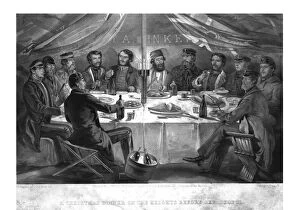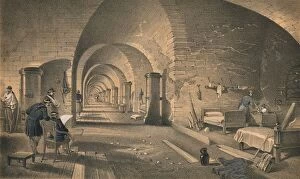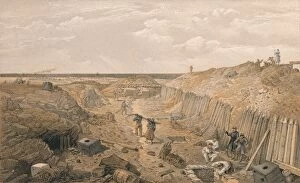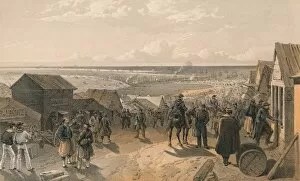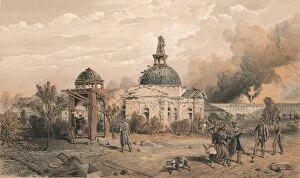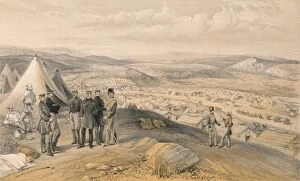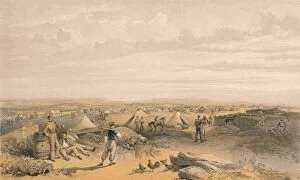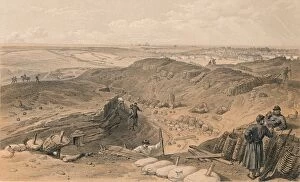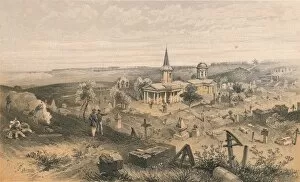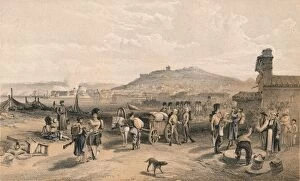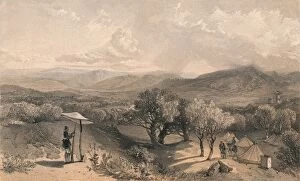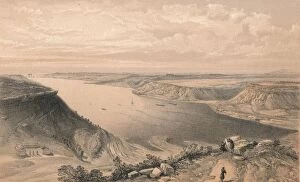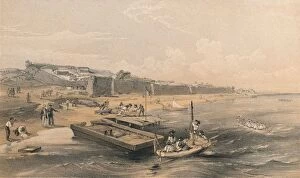Paul Dominic Collection
Paul Dominic was a talented artist who captured the essence of war and its aftermath through his detailed paintings
For sale as Licensed Images
Choose your image, Select your licence and Download the media
Paul Dominic was a talented artist who captured the essence of war and its aftermath through his detailed paintings. His work provides a glimpse into the events that unfolded during the Crimean War, specifically in Sebastopol. In "A Christmas Dinner on the Heights before Sebastopol, " painted by John Alfred Vinter, Paul Dominic depicts soldiers gathered around a table, sharing a moment of respite amidst the chaos of battle. The painting showcases their camaraderie and resilience in the face of adversity. Another notable artwork is "Interior of Fort Nicholas" by Edmund Walker. Paul Dominic skillfully portrays the interior of this fort, revealing its strategic importance and highlighting the harsh conditions endured by those stationed there. "Ditch of Bastion Du Mat" also painted by Edmund Walker shows Paul Dominic's attention to detail as he captures soldiers navigating through trenches with precision. This painting serves as a testament to their determination and courage in defending their positions. One cannot overlook "Kamiesch, " another masterpiece created by Edmund Walker. Here, Paul Dominic brings to life scenes from this important port city during wartime, showcasing both military activity and civilian life coexisting amidst destruction. "The Church in Rear of Redan" offers viewers an insight into the devastating effects of shot and shell on buildings. Through William Trask's brushwork, Paul Dominic conveys not only physical damage but also emotional turmoil experienced during conflict. The cavalry camp depicted in one artwork reflects Paul Dominic's ability to capture movement and action within his paintings. He expertly portrays horses galloping across fields while soldiers prepare for battle – capturing both strength and vulnerability simultaneously. George Brackenbury's depiction of "Camp 4th Division" allows us to witness daily life at camp - soldiers going about their duties or finding moments for leisure amidst challenging circumstances – all brought to life through Paul Dominic's artistic interpretation.

